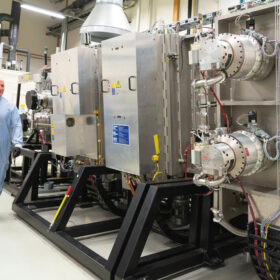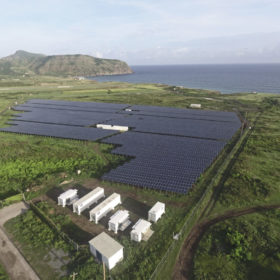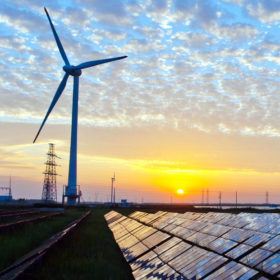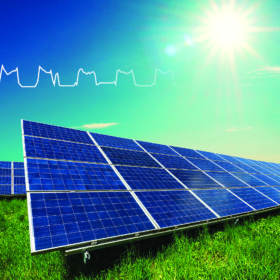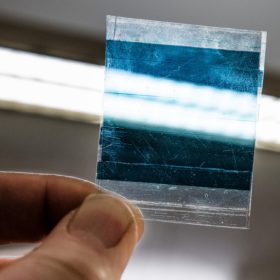First Solar acquires Swedish perovskite specialist Evolar
First Solar has agreed to pay $38 million to buy Swedish manufacturing startup Evolar AB, as it seeks to expand development of high-efficiency tandem PV tech.
India, Sweden to fund joint R&D in renewable energy and storage
The Department of Science & Technology, Government of India, and the Swedish Agency for Innovation Systems (Vinnova) have issued a call for joint R&D proposals in renewable energy, electric vehicles and energy storage. The deadline for the submission of proposals is May 6.
India, Sweden to fund joint R&D in smart grids
India’s Department of Science & Technology and the Swedish Energy Agency have launched a collaborative funding program for Indian and Swedish companies that aim to jointly develop new technologies, services and processes in the area of smart grids.
Sweden and India launch a multi-million dollar programme on Smart Grids
The programme—co-funded by Swedish Energy Agency and India’s Department of Science & Technology (DST)—aims to develop technologies that can be commercialized after two years. While SEA has committed US$2.6 million over four years for research and innovation collaboration with India, DST will also fund a matching investment of Rs 18 crore to support Indian partners.
European investor EQT and Singapore’s Temasek launch renewable energy JV in India
Led by Indian developer Renew Power’s former CEO Parag Sharma, the joint venture by these global investors aims to install over 4 GW of utility-scale capacity across solar and wind projects.
Europe announces plans for battery gigafactories
In news that will add urgency to Indian government efforts to establish a domestic storage industry, funding has apparently been secured for 16 GWh-plus production lines in Sweden and Germany. Is India at risk of being left in the starting blocks?
Proposals invited for joint Indo-Swedish R&D on renewables, energy storage
The Department of Science & Technology (DST), Government of India, and Swedish Governmental Agency for Innovation Systems (Vinnova) have created funding mechanisms through which companies may seek support for joint R&D projects. The projects should aim to develop renewable, energy storage and waste management technologies that can be commercialized over two years through joint cooperation between India and Sweden.
AT Solar builds innovative storage project based on hydrogen in Sweden
The goal of the project, RE 8760 is to show how the storage of renewable energies can make them usable all year round. The generated solar power is stored and converted into hydrogen. It can also be conserved over long periods and used to recharge fuel cell vehicles during the dark winter months.
Swedish scientists develop new method to reduce defects in organic solar cells
The researchers found that printed solar cells achieved a better performance when they used an active polymer material as glue.
